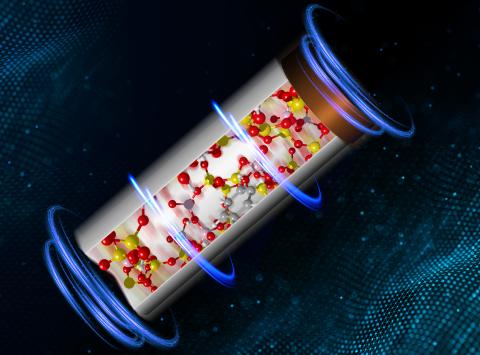
The structure of the catalytic active sites in silica-alumina has been a topic of debate for over three decades. Competing models involved pseudo-bridging and bridging Brønsted acid site. Scientists were able to unequivocally show that the active sites are bridging and mirror those found in zeolites
Significance and Impact
Aluminosilicate catalysts are among the most important in the petrochemical industry for reforming reactions. Knowing that silica-alumina’s lower activity stems from a low abundance of sites will enable chemistry targeted at increasing their abundance.
Research Details
- H/D exchange experiments were used to label sites active in C-H activation reactions with benzene.
- NMR-based 1H-27Al distance measurements were then used to measure the site’s proximity to aluminum.
- The measurement proved the existence of a OH-Al bond and that the sites were of the bridging variety.
Article Link: https://doi.org/10.1039/D3CC04237E
